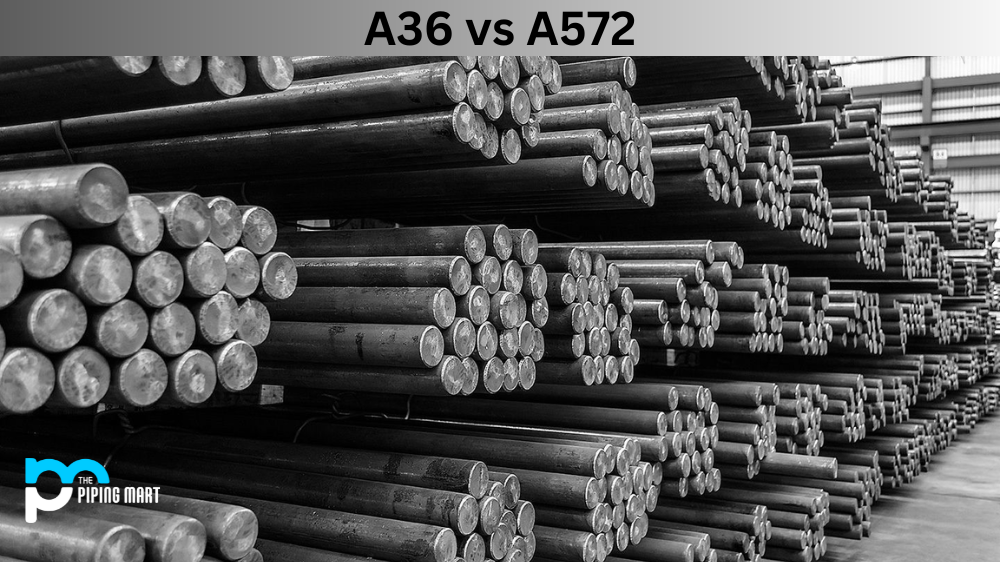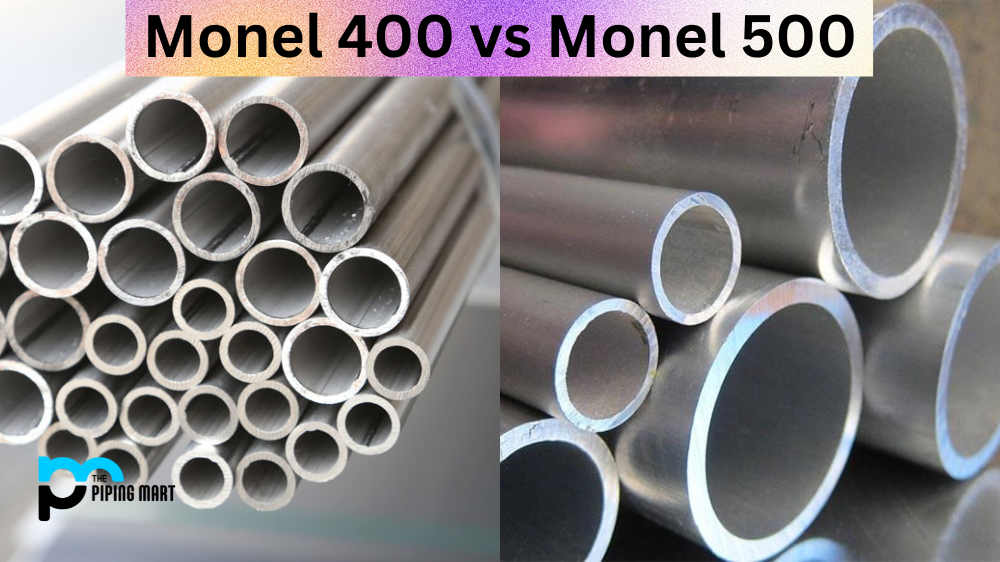If you’re working in the construction industry, you must be familiar with the various steel grades in the market. Among these grades, A36 and A572 are the most commonly used. It’s easy to get confused about the differences between these two grades, but understanding them can benefit your construction project in the long run. This blog post will explore the differences between A36 and A572 steel grades and what makes them unique.
Difference Between A36 and A572 Steel
Chemical Composition
The A36 steel grade comprises Carbon, Manganese, Phosphorus, Sulfur, and Silicon. The carbon content is usually kept to a minimum of 0.25%, while the maximum manganese content is 1.2%. The chemical composition of A572 steel is almost similar to that of A36 but with a higher yield strength of up to 50 ksi. Also, the A572 steel grade includes small amounts of Columbium, Vanadium, and Nickel.
Yield Strength
A36 steel grade yields 36 ksi, while A572 grade 50 yields a strength of 50 ksi. This means that A572 steel has a more impressive carrying capacity and overall strength. The increased strength of A572 steel makes it more suitable for bigger projects and structures.
Tensile Strength
The tensile strength of the A36 steel grade is between 58-80 ksi, while that of the A572 grade 50 is between 65-90 ksi. This means that A572 grade 50 steel is stronger than A36 steel, which adds to the material’s load-bearing capacity and durability.
Corrosion Resistance
Regarding corrosion resistance, both A36 and A572 are relatively poor choices. Consider using a stainless steel grade if your project requires better corrosion resistance.
Applications
The A572 steel grade is commonly used in construction, high-strength bolted connections and transportation infrastructure. On the other hand, A36 steel is mostly used in small to medium-sized projects that don’t require high strength and durability. It’s widely used to construct buildings, bridges, and industrial machinery.
Other Differences
- A36 is a low-carbon steel that is commonly used in structural applications.
- A572 is a high-strength, low-alloy steel commonly used in structural applications.
- The main difference between A36 and A572 is that A36 is carbon steel while A572 is alloy steel.
- Both A36 and A572 have a yield strength of 36,000 psi.
- Both A36 and A572 have an ultimate strength of 58,000-80,000 psi.
- Both A36 and A572 have a density of 7.85 g/cm3.
- The main difference between A36 and A572 is that A36 has a lower carbon content than A572.
Conclusion:
Understanding the differences between A36 and A572 steel grades can help you make an informed decision while choosing the right steel for your construction project. While A36 steel is more cost-effective and easier to manage, A572 steel is better for more robust, more durable projects like bridges, large residential buildings, and transportation infrastructure. Ultimately, the choice between A36 and A572 steel comes down to the specific needs of your project, design goals, and budget.

A passionate metal industry expert and blogger. With over 5 years of experience in the field, Palak brings a wealth of knowledge and insight to her writing. Whether discussing the latest trends in the metal industry or sharing tips, she is dedicated to helping others succeed in the metal industry.




